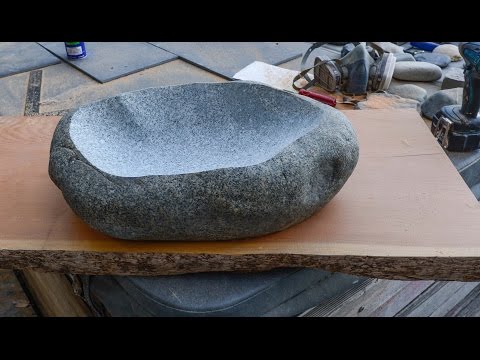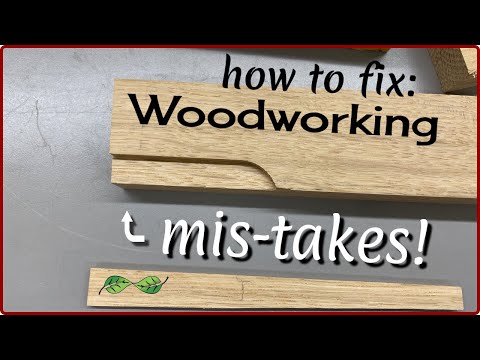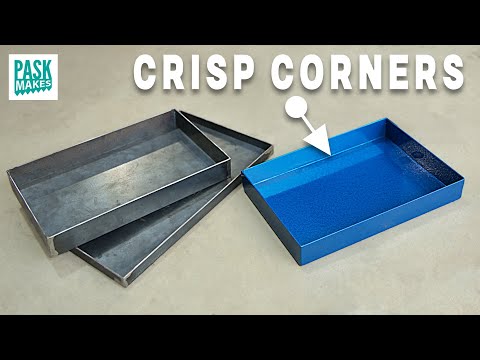Beyond working with a sharp hole saw, work with a sharp understanding of how to get great-looking clean holes in your wood. Ramon illustrates a fast way to sharpen a hole saw and then shows some production tips for cleaner cuts, less hassle, and better results.
How to sharpen a hole saw:
- Remove the centering bit and lower the pins out of the way to anchor the hole saw against moving around when clamped in a vice.
- Mark the teeth with a sharpie to help keep track of which ones you've sharpened.
- 40-grit cutoff wheels work well but are a bit rough, so don't linger too long on each tooth. A rougher grit, like 40, cuts faster but leaves a rougher surface. Because it cuts faster, it is less likely to burn the steel. Smoother grits, which require more cutting time, are more susceptible to burning.
- Begin by grinding the top portion of each tooth with the grinding wheel. Spend a fraction of a second on each because if you linger too long, you can destroy the temper of the steel. Hit it quickly once to find the right angle, and then tap it a couple more times to sharpen the tooth.
- Move the grinder wheel across the tooth so as not to linger.
Next, sharpen the tip of the hole saw's centering bit
Ramon uses a bench grinder with an aluminum oxide wheel. He also uses a small jig cut to the approximate angle of the bit tip to make sharpening the tip faster, more accurate, and safer than free-handing it.
Mark the tip with a sharpie again.
Slightly touch the tip of the bit to the wheel and roll it a little—again, to keep the cutting surface moving and avoid burning the bit.
Hole-cutting tips for sharp hole saws:
To avoid the sawdust buildup in the kerf, cut an exit hole after cutting an initial scoring cut, which outlines the hole you're cutting.
Using a spade bit, cut a hole inside the circle score but touching the saw kerf. The size of the exit hole is less important than avoiding cutting into the centering hole created with the centering bit.
Mark the hole saw to slightly less than the actual depth of cut and finish the cut from the reverse side. This makes the plug very easy to remove from the hole saw instead of prying it with a screwdriver.
"As a production manager in a large commercial shop for a couple of decades, I used to tell my guys, it's either time spent or time saved."
—Ramon Valdez
He follows the sharpening part with some sanding tips for holes cut with hole saws:
- Use an oscillating spindle sander for large holes
- Roll a piece of sandpaper and chuck it in a drill to smooth the inside of smaller holes.
- If you're going to machine the edges with a router, it is wise to smooth them first. Why? so the router bit has a smooth path to follow.











